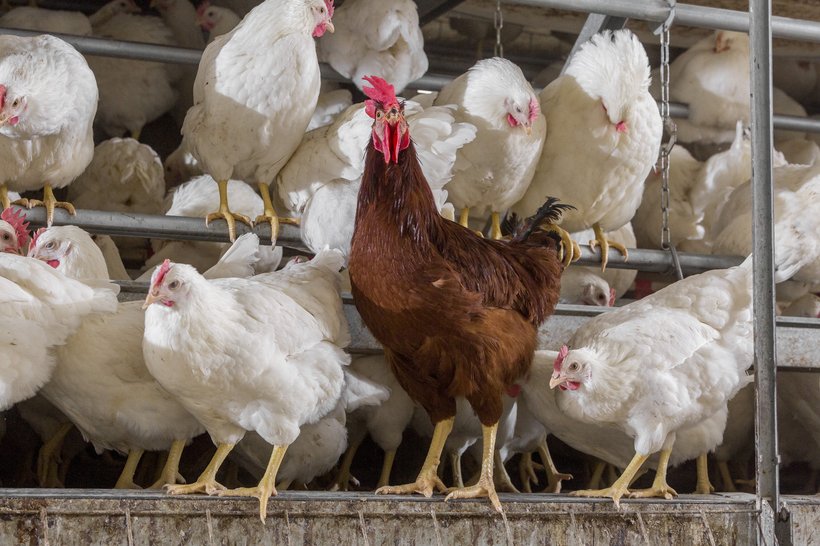
Published on Sept. 20, 2019
The Move to Cage Free Environments and its Impact on Hen Bone Integrity
Several years have passed since the 2012 EU ban on conventional cages. With the latest announcements from many major US food companies and retailers that they will only source cage free eggs, the interest in alternative housing systems is high. While the industry enters this time of transition, it is clear that all members of the value chain will need to overcome a number of issues. One of the biggest layer health and welfare issues for the industry within the alternative housing system will be the emergence of keel bone fractures.
As found by Dr. Donald C. Lay from Purdue University in 2011, it appears that no single housing system is ideal from a hen welfare perspective; as the environmental complexity increases behavioral opportunities, it also introduces challenges in terms of disease and pest control. Dr. Lay also mentions that the environmental complexity can create opportunities for the hens to express behaviors that may be detrimental to their welfare, for example cannibalism and smothering. Even a housing system that is considered superior relative to welfare can have a negative impact on the hen’s welfare, if poorly managed.
There are a number advantages to managing a conventional cage system: small group sizes, climate controlled houses, lower dust concentration, easy access to feed and water, and a lower risk of disease. However, it is already well known that hens in the conventional battery cages are more likely to experience problems in relation to skeletal health due to lack of activity over a long period of time. Cage layer fatigue (a severe form of osteoporosis) is even named after the housing system as there is a direct link between the disease and the lack of activity typically found in conventional cages. According to Dr. Kenneth E. Anderson (North Carolina random sample tests) the occurrence of osteoporosis can cause 20-35% of all mortalities in systems with caged hens.
The occurrence of osteoporosis is much lower in enriched cages and alternative housing systems as the hens have sufficient space to engage in natural behavior such as dust bathing, scratching, exercising, nesting, perching, and wing flapping. However, with multiple levels for perching in an aviary system, collisions with the perches, or other objects within the barns are likely to be the cause of the high incidence in keel bone fractures seen in alternative housing systems. Research in Belgium carried out by Dr. Jasper Heerkens showed that the occurrence of hens with (old) keel bone fractures can increase to over 80% by the end of lay. Hens that perch are more likely to develop keel bone deviations, resulting in typical misshapen keel bones. It is not known yet whether hens with deviated keel bones are more likely to develop keel bone fractures after collisions.
Managing this emerging issue will require innovation and collaboration from veterinarians, feed companies, growers, production system engineers, animal welfare scientists, and genetics distributors. At the moment many research projects on the identification of the causes and possible solutions for keel bone fractures are planned or are already in motion. In Europe, the collaboration between researchers and industrial partners is stimulated by a grant from the EU-COST (European Corporation in Science and Technology). Hendrix Genetics, the leading multispecies breeding distributor, also participates in this EU-Cost program to work together with several research institutes generating discussion on how to provide sustainable products and give guidance to egg producers in these changing times. With greater understanding of this issue and continued study, progress will continue to be made for the benefit of the entire laying industry.
References
Lay Jr., D.C. et al. (2011) Emerging Issues: Social Sustainability of Egg Production Symposium, Hen welfare in different housing systems. Poult. Sci. doi 10.3382/ps.2010-00962
Anderson, K.E. (2002) Final report of thirty fourth North Carolina layer performance and management test. Cooperative Extension Service, North Carolina State University, Raleigh.
Heerkens, J.L.T. et al. (2015) Risk factors associated with keel bone and foot pad disorders in laying hens housed in aviary systems. Poult. Sci. doi 10.3382/ps/pev339
